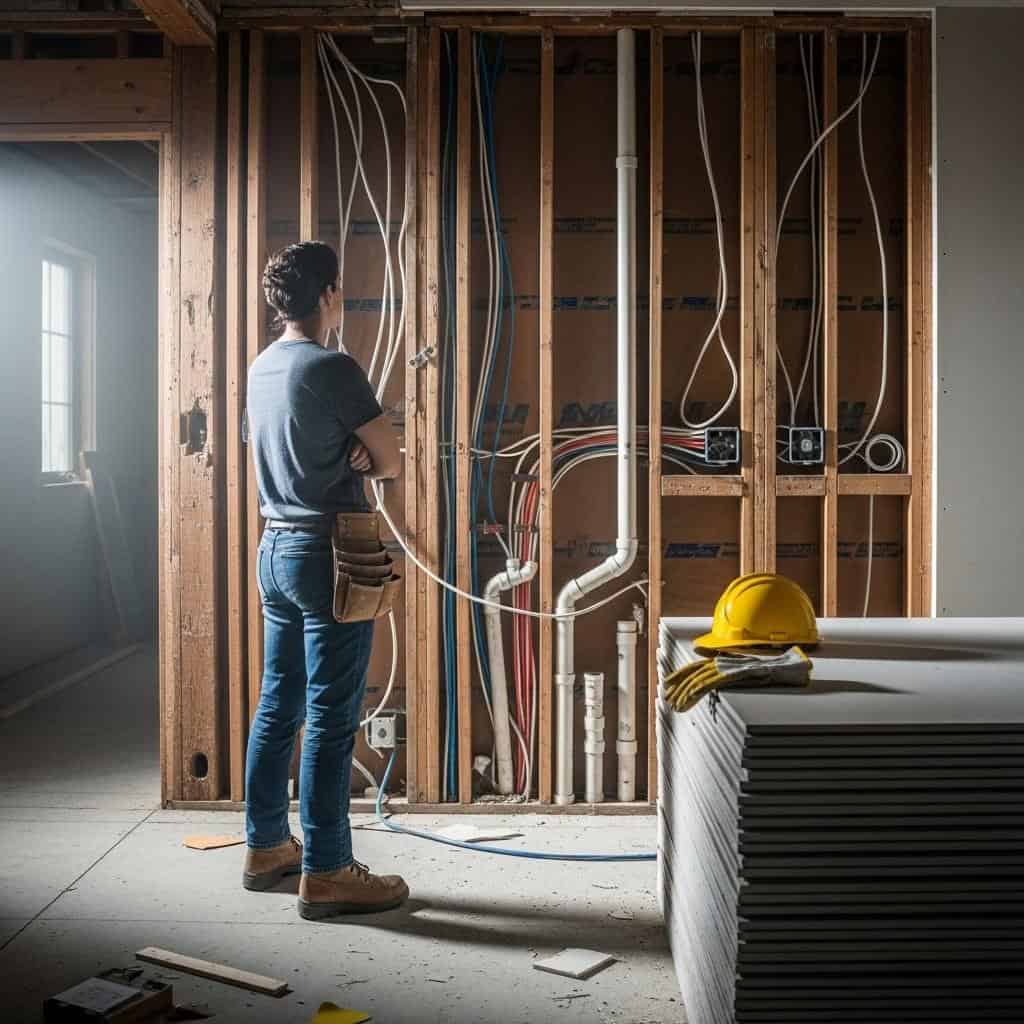Most homeowners and renters face the age-old question: should you attempt that project yourself, or is it time to call in a professional? From fixing a leaky faucet to installing new lighting, the decision can impact your wallet, safety, and peace of mind. Making informed choices not only saves money but can prevent costly mistakes and improve your home’s value. In this guide, you’ll learn how to weigh the pros and cons of each approach, with practical tips and expert advice.










